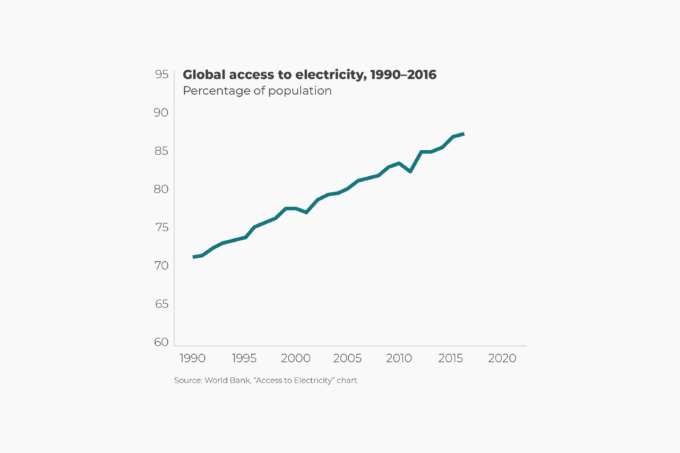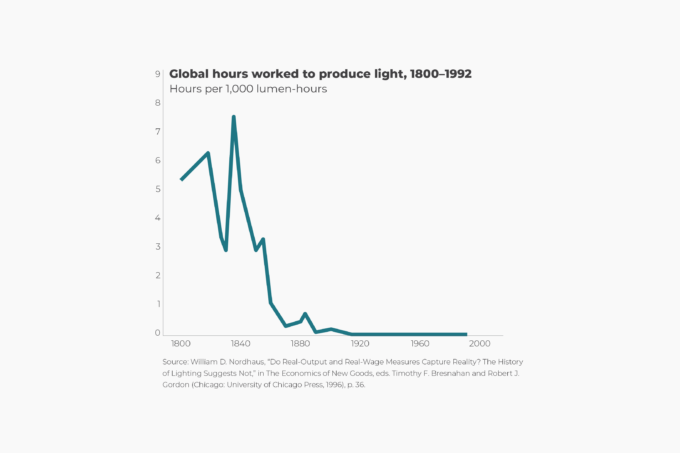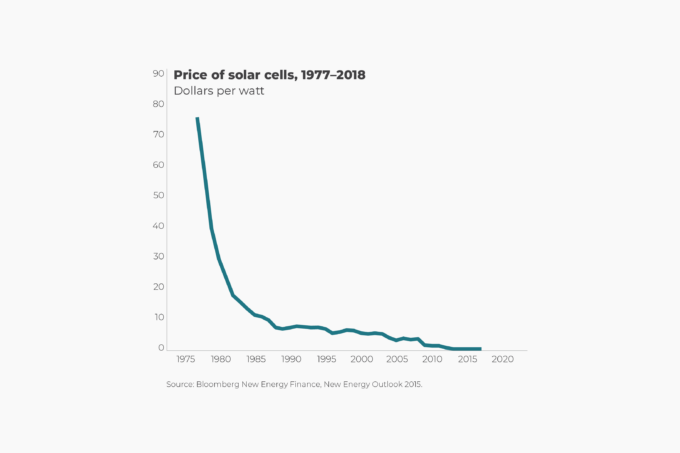The vital need for a hygienic separation of human and animal bodily wastes from human contact may seem obvious to most people today, but for millennia that was not the case. Before the discovery of the germ theory of disease, and the subsequent public health campaigns and construction of an adequate sanitation infrastructure in most of the world, people and waste commingled with catastrophic results. Countless millions of people got sick or died after they unknowingly ingested waste infected with pathogens causing such diseases as cholera, hepatitis, trachoma, polio, and others.
Some cultures paid better attention to cleanliness than others. Ancient Rome, for example, built numerous public baths and a sophisticated system of sewers, which enabled the city to sustain a population of more than 1 million people—a feat that would not be replicated in Europe until the 19th century, in London and Paris.
In the rural areas, people lived with their animals, including chickens and cows, and used both animal and human waste to fertilize their crops— an extremely dangerous practice compounded by the fact that people could go throughout much of their lives without ever washing their hands.
Today, poor sanitation is mostly limited to very poor countries. In Sub-Saharan Africa, for example, a mere 30 percent of the population had access to an improved sanitation facility (i.e., one that hygienically separates human excreta from human contact) in 2015. That was an improvement on 1990, when only 24 percent did so. In other parts of the world, progress was much faster. In South Asia, which includes populous countries like India and Bangladesh, the share of the population with access to improved sanitation rose from 20 percent to 45 percent over the same period. Globally, it increased from 53 percent to 68 percent.
The United Nations’ aim of ending open defecation by 2030 is probably too optimistic for regions like Sub-Saharan Africa and South Asia, but East Asia, Latin America, and the Middle East should be able to reach the European level of improved sanitation facilities (93 percent) by 2030.








